In 2016, my rescue Dachshund Gretel suffered a back injury and was diagnosed with Intervertebral Disk Disease (IVDD).
I knew about IVDD because I had researched back issues in Dachshunds extensively a year prior and was hyper-vigilant about keeping an eye out for any sign that could indicate a disk rupture.
On average, 25% of Dachshunds will suffer some sort of back injury in their lives related to IVDD. The issues can range from mild to severe.
Sadly, many Dachshunds become fully or partially paralyzed, although most of them fully or mostly recover after surgery or conservative treatment.
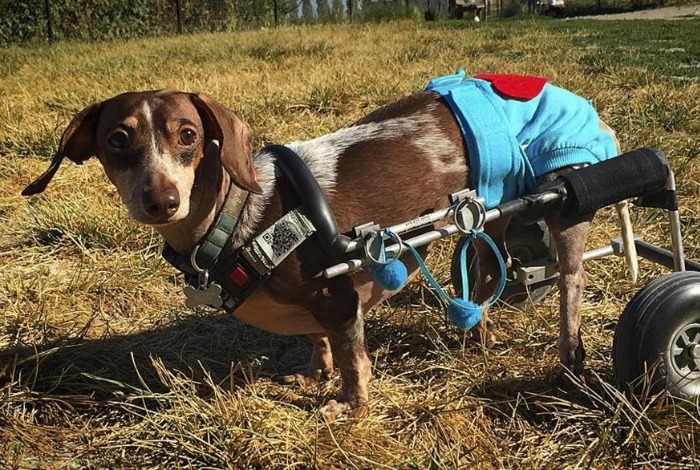 Our little friend – the famous Anderson Pooper, champion of all disabled pets.
Our little friend – the famous Anderson Pooper, champion of all disabled pets.Luckily, I caught Gretel’s back issue in the early stages, she made a full recovery, and she was able to continue living an active life walking, camping, and hiking until I had to let her go in 2025.
Since then, I have made it part of my life mission to understand this disease and be on the forefront of any developments in treatment and prevention, as well as reducing the incidents of back injuries of the breed as a whole.
Although most are online friends and contacts, I have connected myself with, and learned from or alongside, some of the top scientists, thought leaders, and other highly educated pet owners around the world.
Between members of the Dachshund club I founded, dog sitting and walking clients, friends, and followers of this blog, sharing their stories with me, I literally have “experience” with hundreds of Dachshunds who suffered from IVDD.
This article was originally written in 2016, and has undergone several minor updates since then, but I figured it was time for a re-write for brevity and clarity.
Despite decades of research and education out there about IVDD, many people still misunderstand the underlying cause of Dachshund back injuries.
ATTENTION: If you found this article because your Dachshund is suddenly having trouble walking and you need help, go read my article about what to do if your dog is suddenly paralyzed right away.
The 4 Primary Mechanisms of Back Injuries in Dachshunds
There are four primary causes of spinal injuries in doxies.
1) Acute Injury
The first way is the least common – acute injury. Acute injury happens when a dog takes a big fall, is stepped on, is in a car accident, is hit by a car, etc.
This cause is almost always obvious – you see it happen or there is a visible sign something bad happened just out of your sight – and the, often catastrophic, results of that event present themselves immediately or very soon after.
This kind of injury can occur at any age.
2) Hansen Type II Disk Disease
The second way a Dachshund can hurt its back is due to Hansen Type II disk disease.
Hansen Type II involves a slow, degenerative process where the disc material impinges on nerves in the spine over time from a matter of months to years.
“Dogs with Hansen Type II disease are more similar to back problems in people… Instead of the central disc material herniating acutely and putting pressure on the spinal cord, with Type II, the outer part of disc material gradually protrudes, causing progressive compression of the spinal cord.
Hansen Type II disk disease is more typically found in medium to large breeds of dog, between the ages of 5 and 12.” (source: Dachshund IVDD UK)
According to Veterinary Surgical Centers,
“The condition is typically slowly progressive and may or may not be painful. It occurs most commonly in middle- to older age… dogs.
The chronic spinal cord compression with this type of disc disease often causes atrophy of the spinal cord.”
3) Hansen Type III Disk Disease
As opposed to Hansen Type II Disk disease, which happens slowly over time, Hansen Type III disc disease comes on in an instant. It occurs when there is a sudden tear in the annulus (outer cartilage of the disk) causing the disk to, essentially, explode.
In this case, the rupture does not result in ongoing spinal cord compression and most patients recover with physical therapy alone (no surgery needed).
However, in more severe cases, it can result in paralysis or myelomalacia (softening and dying of the spinal cord) and as it ascends the spinal cord, is usually fatal since it affects the nerves involved in breathing resulting in respiratory arrest. (source: Fitzpatrick Referrals)

4) Hansen Type I Intervertebral Disc Disease (IVDD)
Hansen Type I is the most common cause of Intervertebral Disk Herniation (IVDH) in Dachshunds and typically occurs between the ages of 4 and 7 years old. However, it can happen in younger dogs and sometimes as old as 8-ish.
When a Dachshund injures their back from this type of disk disease, it is often said that they “have IVDD”, but that is a bit of a misnomer because IVDD is the spinal disease that causes disk herniation (IVDH), which is what results in the spinal injury.
More accurately then, a back injury in a Dachshund should be referred to as IVDH, but most information out there on the internet will still refer to a back injury as IVDD.
IVDD starts when the jelly-like inner layer hardens (calcifies) and dries out, so it can’t cushion like it’s supposed to.
When the fibrous, outer layer of a disk cracks, and the inner layer bulges out, or herniates (IVDH), it causes pressure on the dog’s spinal cord. It can bulge out a little or a lot, causing mild to severe problems.
Some problems caused by IVDD are far more serious than others, but they all affect the health and happiness of your Dachshund to some degree.
It’s this most common form of IVDD – Hansen’s Type I – that I’ll be focusing on in this article.
Note: IVDD can also affect disks in the neck. It’s less common (but equally as critical to know about) so I am primarily going to refer to IVDD back injuries in this article.
IVDD Explained in Simple(ish) Terms
IVDD is a genetic disease
Hansen Type I Intervertebral Disk Disease is something a Dachshund is born with. It’s passed down from the parents in the form of “genes” – segments of DNA that contain the instructions for building specific proteins or for regulating other genes.
Until the last couple decades, which genes caused IVDD to occur were unknown.
In 2017, researchers in the Bannasch Laboratory at the University of California (UC), Davis discovered the FGF4 retrogene insertion on chromosome 12 to be associated with the occurrence of IVDD.
The FGF4 retrogene on chromosome 12, also called Chondrodystrophy (CDDY), and sometimes also referred to as the “dwarfism gene”, is one of the primary genes responsible for creating short legs in dog breeds like the Dachshund.
If you like to get nerdy about this stuff and dig into the science like I do, read this paper.
Because of breeding practices over the years (Dachshund to Dachshund to Dachshund), almost all Dachshunds have at least one copy of this gene.
CDDY is a “dominant gene”, meaning that only one copy of it (one gene is inherited from each parent) is sufficient to cause disc degeneration (IVDD) and predispose dogs to disc herniation (IVDH). (source)
It is important to note, while this gene has been identified as the primary influence on the development of IVDD, there are other genes involved that have not yet been identified.
Or is it?
While this genetic mutation is the primary cause of IVDD, which causes disk calcification and subsequent disk herniation, in Dachshunds, it can’t be the only cause.
As I said, almost all Dachshunds have at least one copy of the gene, yet only about 1 in 4 will suffer a disk bulge or rupture because of it.
That means that there has to be other factors involved in disk calcification and rupture. These other factors are referred to as “environmental and lifestyle factors”.
So far, there is no definitive, scientific proof of what these environmental factors are, but there is some evidence to help point us in the right direction.
The most commonly understood environmental factors that influence the health of spinal disks include:
Early Spay and Neutering
Information was obtained for 1964 dachshunds from the owner survey, “Dachslife 2015”, which was conducted by Dachshund Health UK in 2015.
This survey looked to compare early-neutered (less than 12 months), late-neutered (over 12 months) and entire (intact) males and females.
The conclusion drawn from survey data indicated that females spayed before 12 months old were at significantly higher risk of IVDH than entire females.
For males, the incidence of IVDH in neutered as compared with entire dachshunds was increased but this difference was not as significant as with females.
Nutrition
It’s well-understood that nutrition plays a crucial role in supporting the wellness of the body, including the spine.
My Dachshund Otter’s breeder, who is a nutrition researcher and extremely knowledgeable about IVDD, is spearheading a study examining the effect of nutrition on the number of calcified disks that develop.
Results from a select group of dachshunds who underwent an informal nutritional trial supported the hypothesis that nutrition can have a noticeably positive effect on disc health in individuals genetically predisposed to IVDD such as Dachshunds.
DIRI’s goal is to test this hypothesis in a formal setting as a randomized controlled trial. The study is still in the development stage, but you can find out more about it on the DIRI Facebook Page.
Another Dachslife survey (it could have been the same one as above as no dates were listed), concluded dogs whose diets were supplemented with Cod Liver Oil were half as likely to have had an IVDD incident (but they are careful to note this does not mean they can conclude that CLO supplements reduce the risk of IVDD – it could just be coincidence).
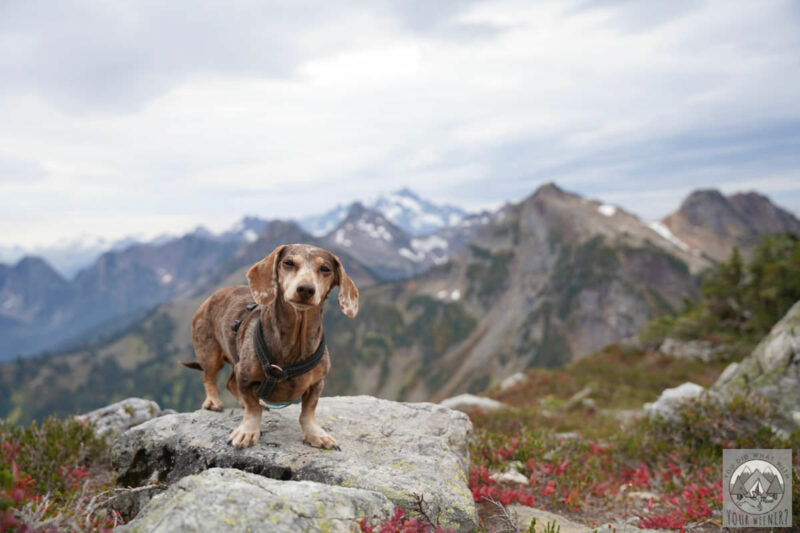
Weight and exercise
It’s important to keep a Dachshund fit and slim so that the excess weight doesn’t put undue pressure on their spine.
Read these articles if you want to know how to determine a healthy weight or if you need help with slimming your pup down.
Exercise is very controversial…except that it is not, really. Why it becomes controversial in online chats, is because many people are afraid that letting their Dachshund be active will cause a back injury.
We have already covered what really causes back injuries though – genetics. While it’s prudent to prevent unnecessary jumps from high elevations, like jumping off of furniture, there is no need to treat a Dachshund like breakable glass.
And, in fact, there is proof that letting your Dachshund do things like run, climb stairs, and hike strengthens spine-supporting muscles, and keeps them supple, thus lessening the risk of a back injury.
According to Dachshund IVDD UK, dogs over the age of 3 that were highly or moderately active were half as likely to have suffered an IVDD incident as dogs described as mildly or not at all active.
The Cause of Back Injuries is Often Misunderstood
There is a lot of information out there about how people’s Dachshunds have injured their backs so the “why” and “how” can feel confusing.
Add big emotions and fears to that, and it’s easy to point the finger at things we feel we can control even though they are not the primary cause of a back injury.
Specifically, what I mean is that most owners miss this one fundamental point – The disease (IVDD) is the primary cause of disk degeneration, which compromises its integrity and makes it susceptible to rupture.
While some disks can spontaneously rupture with no apparent cause, and it’s true that stress on the spine can be the “final straw” that causes a disk to rupture, it doesn’t mean the thing that a dog did right before a disk rupture was the sole reason, or even the main reason.
Have you ever heard the term correlation is not causation? In short, what it means is that just because two things occur together, it doesn’t necessarily mean one variable caused the other to occur
Put yet another way, jumping off furniture may cause an already compromised disk to rupture, but jumping off the couch wasn’t the thing that caused it. If the disk wasn’t already compromised, jumping off the couch likely would have not resulted in injury.
Sorry, You Can’t Prevent a Back Injury, But You May Be Able to Stack the Cards in Your Favor
As I have explained, back injuries in doxies are primarily caused by Hansen Type I Intervertebral Disk Disease, which is a hereditary condition that almost all Dachshunds are born with.
This means, whether your dog has no symptoms, mild pain, or becomes paralyzed is largely out of your control. As owners, we have no control over our dog’s genetics (although choosing a responsible breeder can improve the chances of good genes).
However, that doesn’t mean we are helpless and can’t take some precaution in hopes of influencing the occurrence and severity of disk ruptures.
Like I said, lifestyle factors such as quality nutrition, delaying spay or neuter, and keeping your Dachshund fit and active can help.
Even though IVDD is genetic, unfortunately, there is no reliable test for IVDD.
However, both back screening (x-ray for calcification) of the parents, or at least a reasonable guarantee from a breeder that there is no family history of back issues in their lines, can help predict whether your Dachshund may be in the 75 percentile that go their whole lives without being affected.
The good news is, because back injuries in Dachshunds are primarily due to an inherited condition, you can stop feeling guilty that it was “something you did” if your dog starts having back or neck problems.
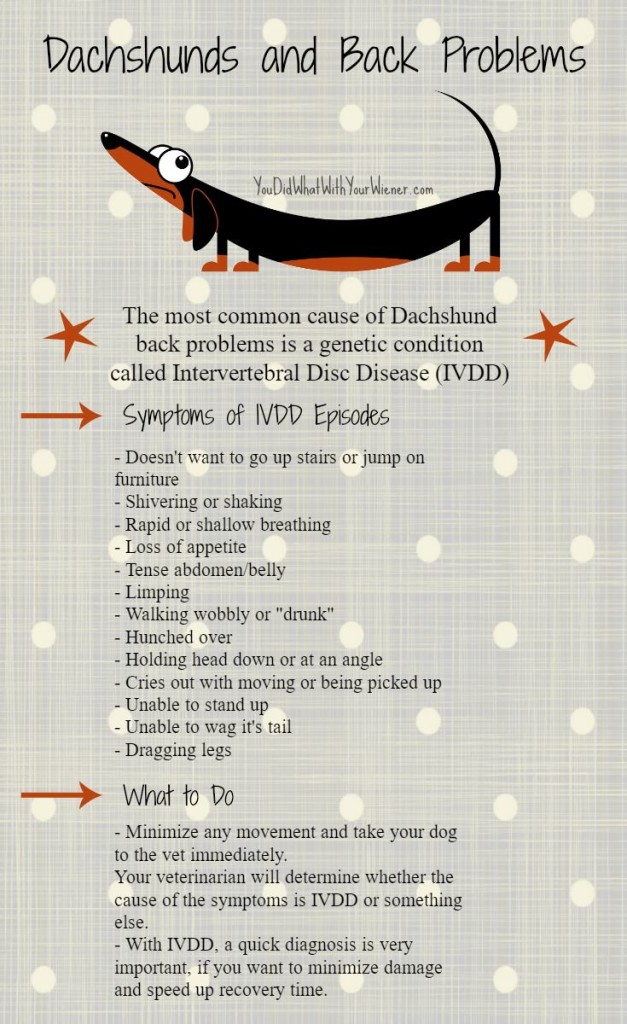
Be Sure to Watch for These IVDD Symptoms
I don’t think that one needs to go around being super paranoid that every little variation in your dog’s behavior, gait, or “normal” is a sign of a back injury. However, I very strongly suggest you familiarize yourself with the signs so you can get medical help as early as possible.
In all my years of research and experience, I’ve seen 20 common signs and symptoms that can indicate a IVDD-related back injury.
The most common are:
- Walking wobbly or “drunk”
- Standing with their back hunched
- Showing signs of pain like shivering, rapid breathing or panting, hiding in a corner or den (like crate or nook), and refusing to eat
- Yelping or crying out if you touch them
- Sudden paralysis of the hind legs (dragging the back legs)
If your Dachshund is suddenly paralyzed, you must do this right away! Immediate action is necessary and provides the best chance for a full recovery.
Final Thoughts
I hope this article cleared up the mystery of back injuries in Dachshunds for you. There is more information about IVDD than I touched on here, but I covered most of the fundamentals.
I hope that most of you reading this will never have to watch your pup go through a back issue with your dog.
I was fortunate with my first Dachshund Chester. He never developed a back problem. However, ironically, my rescue Gretel did injure her back and was diagnosed with IVDD not long after I originally wrote this article.
My Dachshund Summit is 6.5 years old at the time of this writing and has never shown any signs of a back injury. My fingers are crossed because she is close to “aging out” of the most significant risk period.
When I chose the breeder for my next Dachshund (Otter, who is currently 17 months old), I specifically chose a breeder that does x-ray back screening for disk calcifications and only mates dogs with a combined low risk of disk calcifications.
Still though, I understand that there are no guarantees that he won’t have a back issue later in life.
If you want to read even more information on this topic, check out my IVDD resources page.


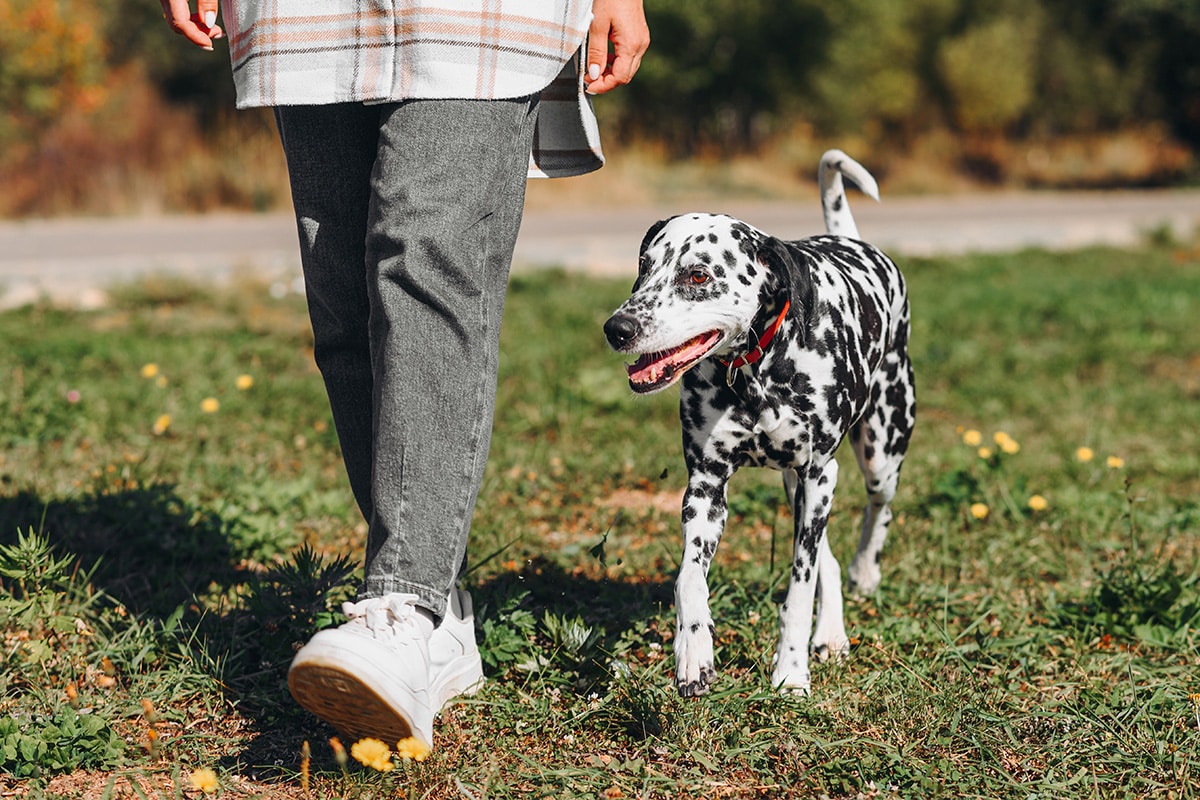

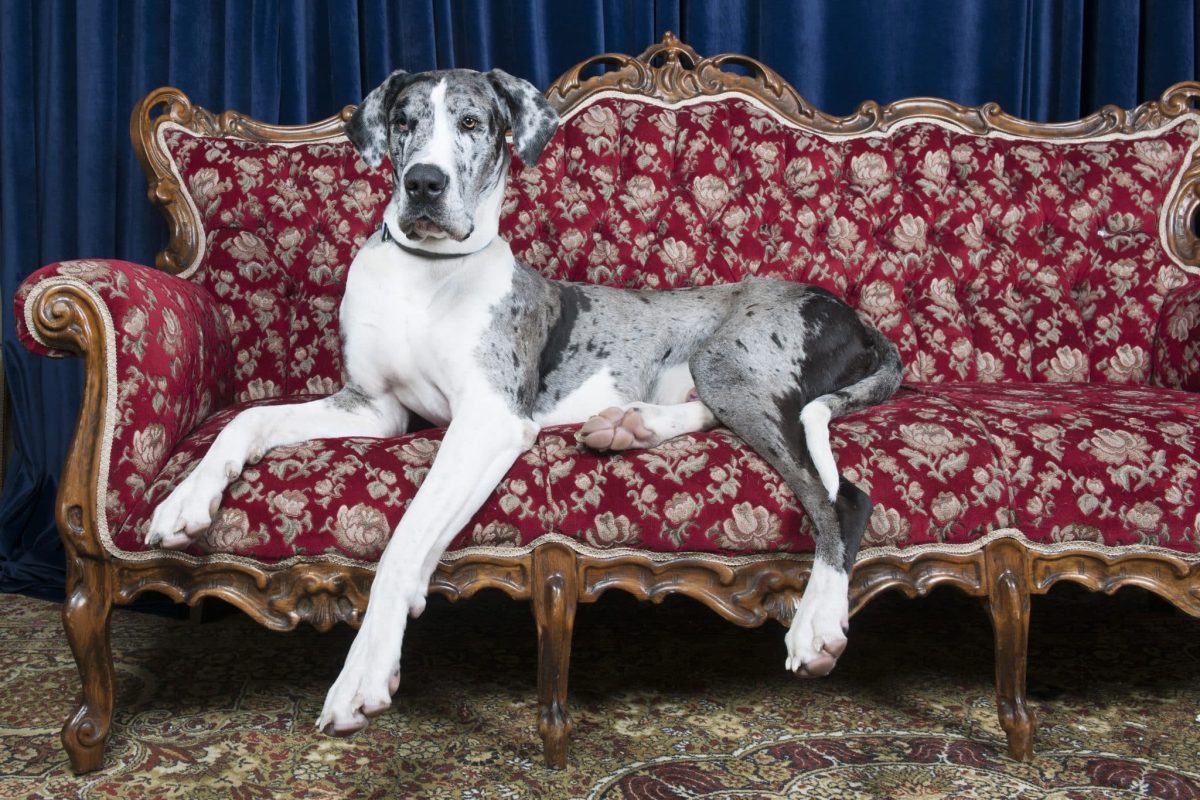

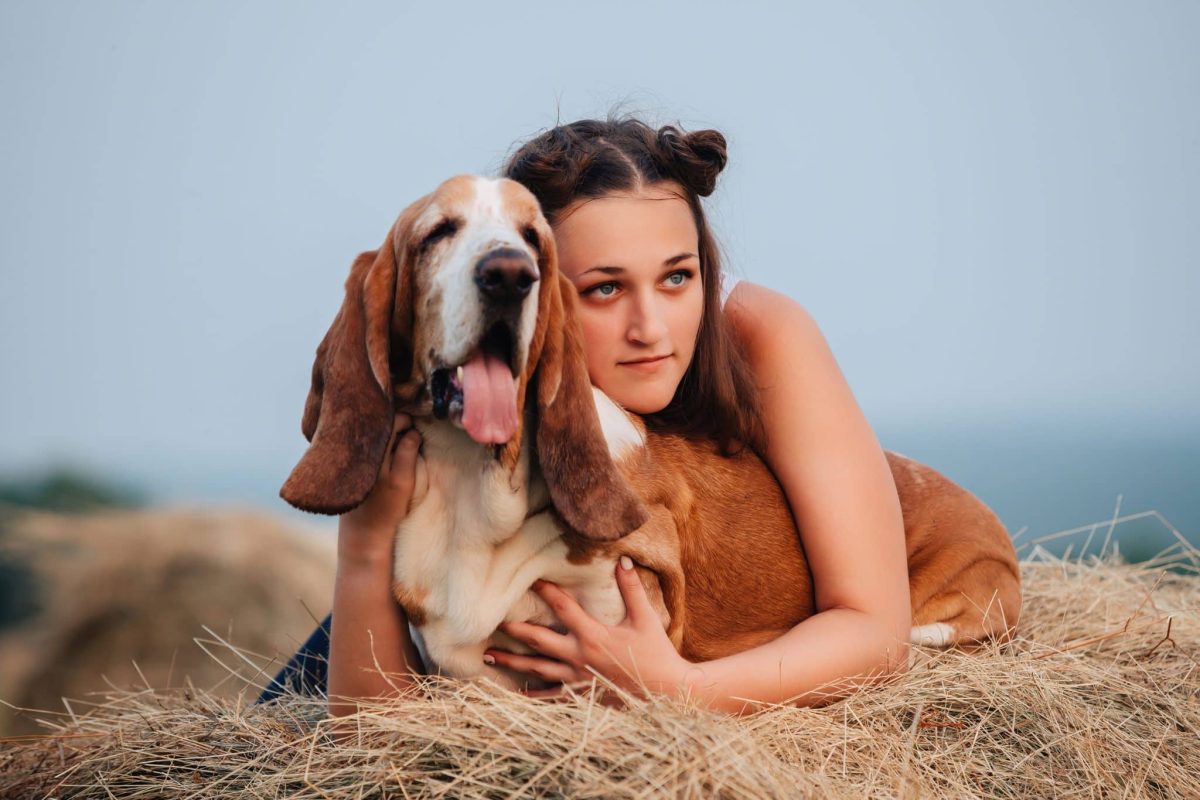



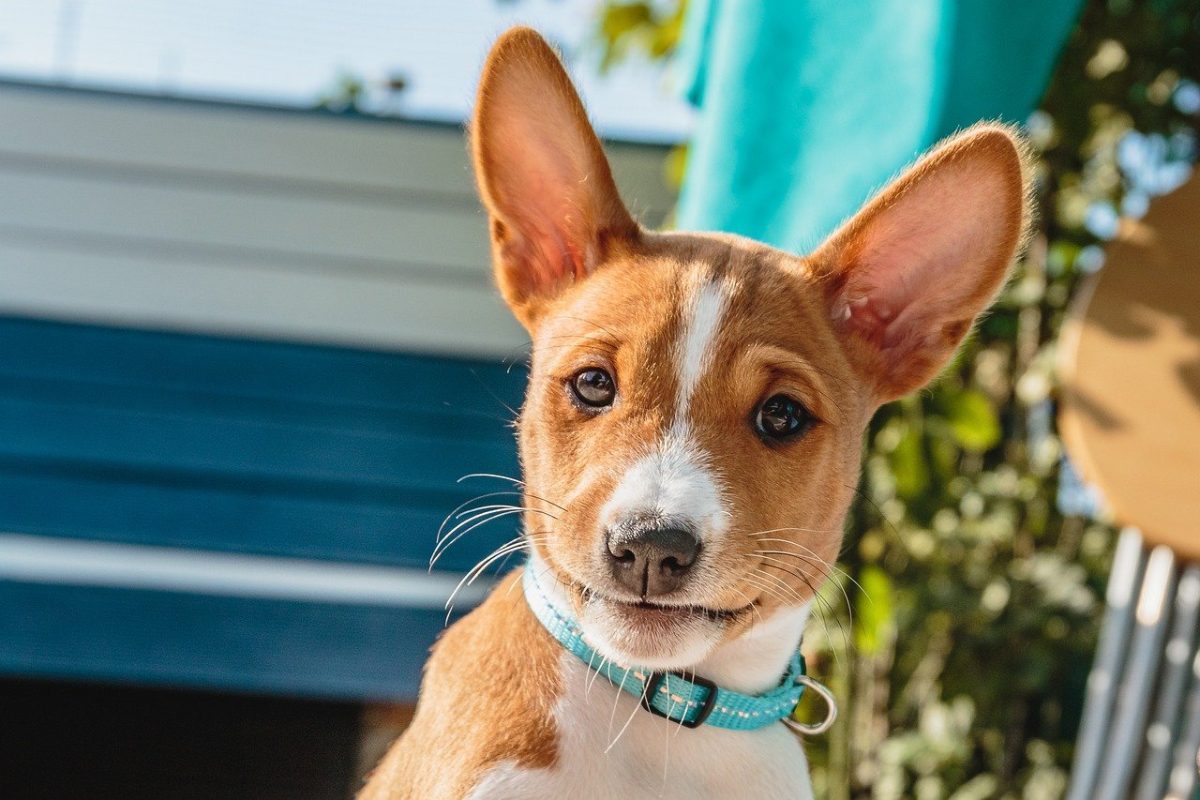

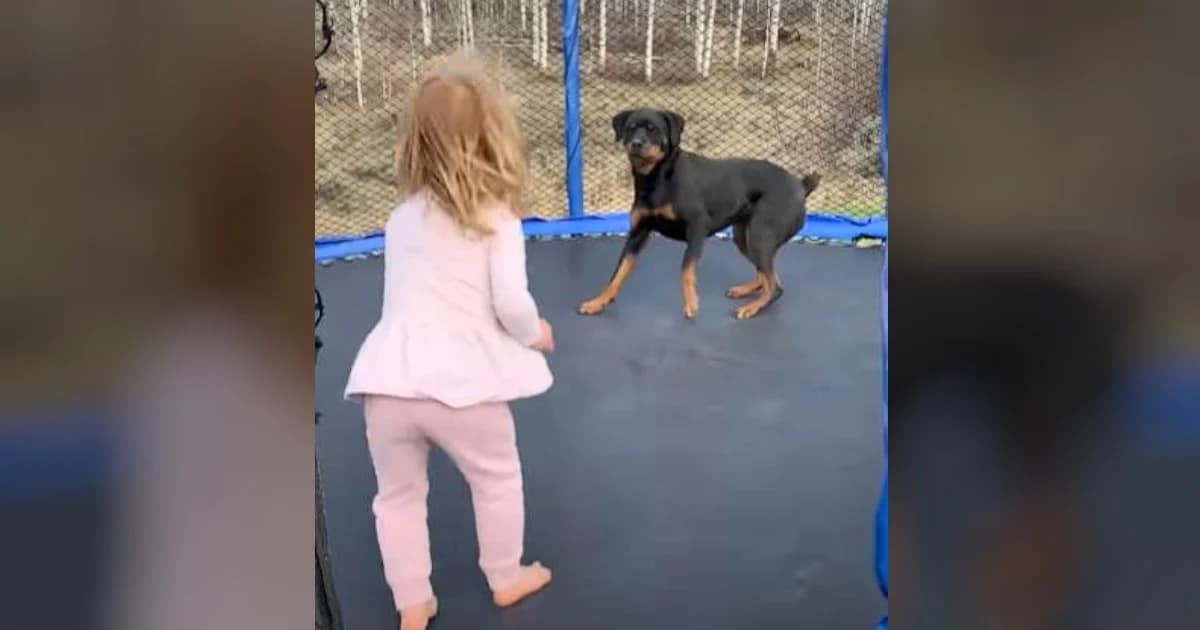




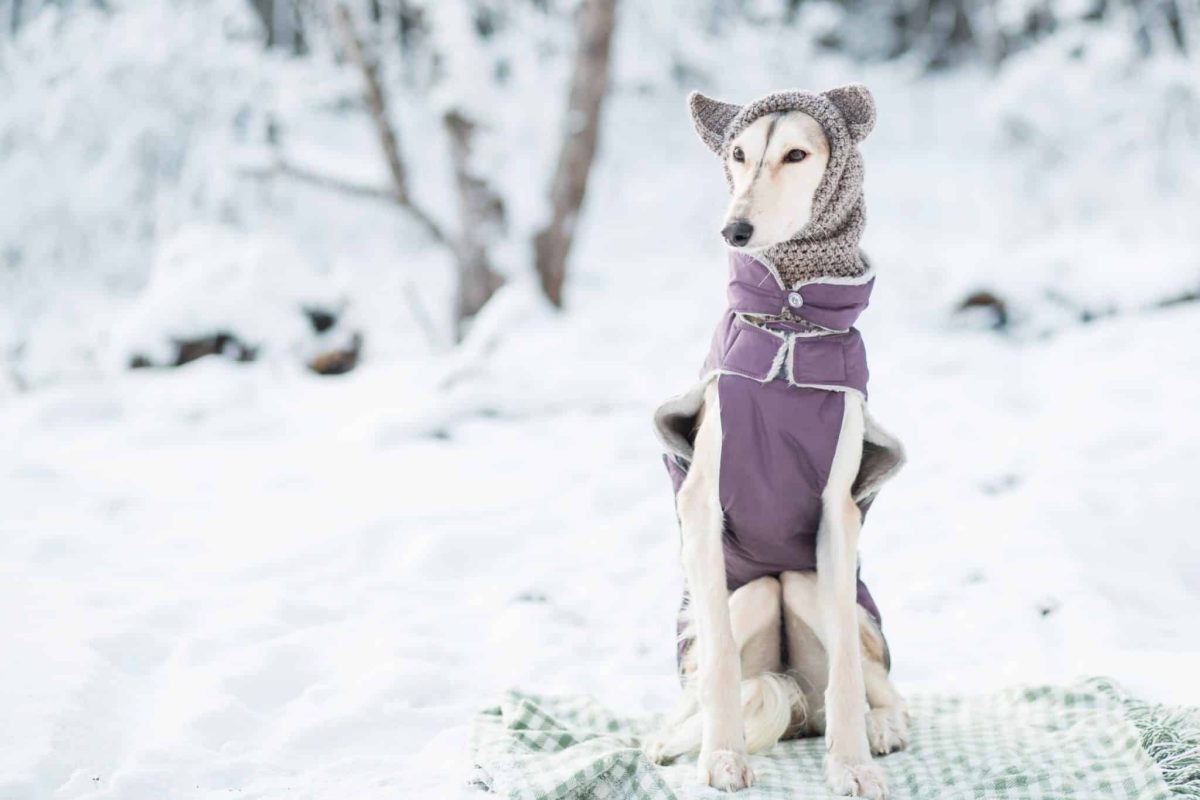


 English (US) ·
English (US) ·